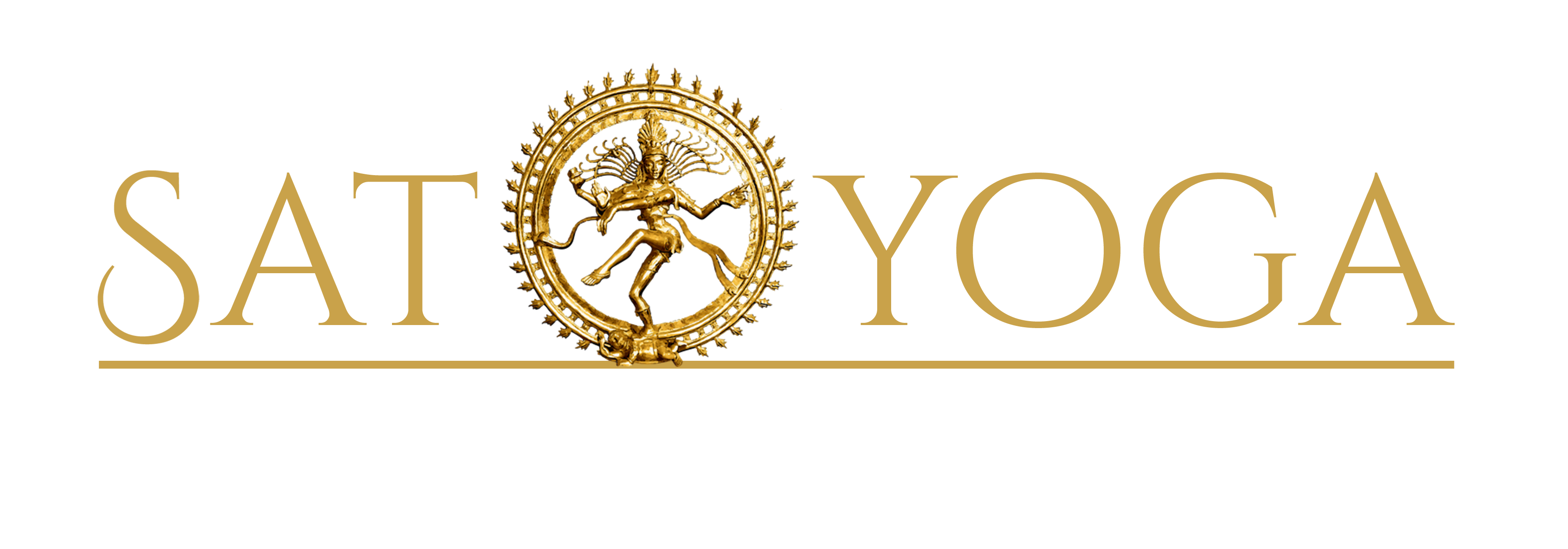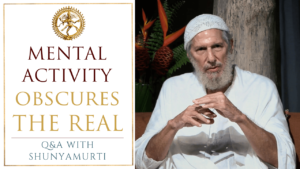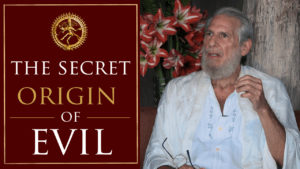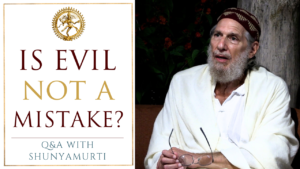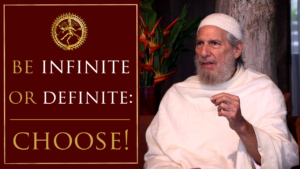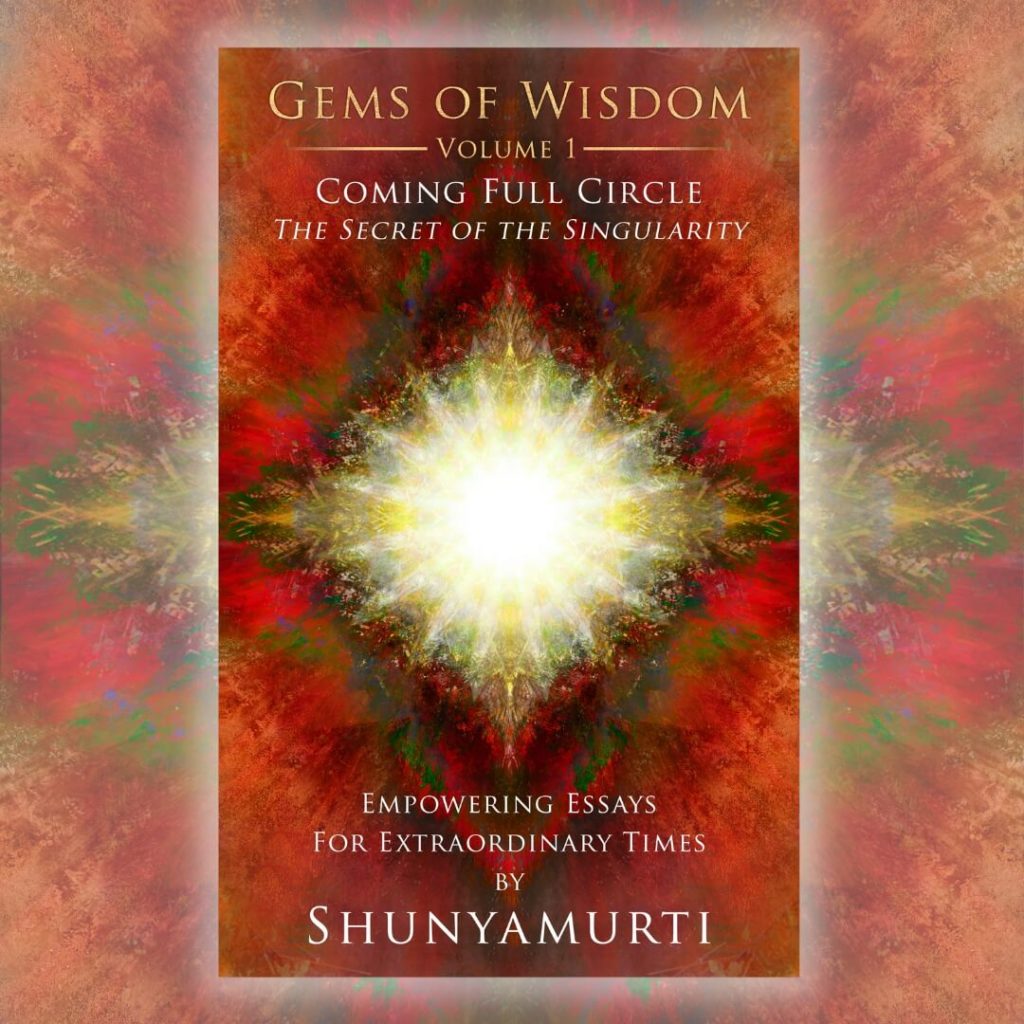What is meditation?
Meditation is the core activity of ancient Yoga as well as nearly every other spiritual and religious tradition. In Christianity, it is called contemplative prayer. It is now used in secular contexts as well by people simply seeking inner peace and relief from stress. Science has proven its effectiveness.
Meditation is the art of developing the full potentials of our consciousness. The fundamental principle is to slow down, and eventually halt, the flow of thoughts in the mind. The more silent and still is the inner space of our consciousness, the more serene, happy, and empowered we will feel.
This taming of the mind, which for most people is wild and uncontrollable, results in an extraordinary level of self-mastery. Once the mental focus has been trained to respond to our will, we can turn our attention into a laser beam of pure concentration, and achieve much higher levels of skill and effectiveness in any activity we do.
Why should we meditate?
We can read faster and retain more information. We can improve our performance in every field, from business to sports to music to creative writing to critical thinking. This is because a quiet mind is more receptive to inspiration and innovative ideas.
A meditative mind is more flexible, clear, and unbiased, thus more capable of making accurate decisions and changing directions when called for. A calm mind tends to be more open and loving, more able to listen deeply to others, and less egocentric.
In a meditative state, one is more likely to heal quickly from any illnesses, since the immune system is strengthened by the relaxed, even flow of life energy through the organism. This vital power in Yoga is called prana. In Chinese, the word is chi. Increasing the flow of chi is the basis of traditional Chinese medicine and all the Eastern martial arts. An advanced meditator can even direct the flow of spiritual energy to others to augment their healing and sense of wellbeing.
Meditation is used by spiritually-oriented seekers to attain what has variously been called Self-realization, God-realization, enlightenment, Buddha Mind, Emptiness, the Tao, or by endless other such exalted terms.
This level of meditation is reached when the mind has learned to abide constantly in inner silence in the heart, or the core of our Being. It brings about transcendence of the ego. With that come wisdom, courage, universal love, and a lasting sense of sublime oneness with Ultimate Reality.
Many advanced meditators also attest that this highest level of contemplation results in paranormal capacities, including telepathy, accurate premonitions of future events—sometimes called prophecy—and astral travel, or the ability of consciousness to journey safely out of the body to distant locations and higher dimensions. Some say it also enables subtle perception of angels, divine radiance, and other kinds of visions well known to mystics.
How should I begin?
To get started meditating, there are many easy techniques for beginners. One way, used in Zen monasteries and other such centers of meditation, involves the counting of breaths.
One should begin by finding a quiet space where one will not be interrupted and sit comfortably—no difficult Yoga poses are necessary—with the back straight (not hunched over or with the torso twisted), take a few initial deep breaths to release any excess tension, and close one’s eyes to tune out visual distractions. Calming music can be playing in the background, if you wish.
Then, begin to count each in-breath and out-breath. As you breathe in, think “one.” Then, as you breathe out, think “two.” Count up to ten and then start again at “one.” That is all. Keep this up for as many rounds as you wish. You will soon notice that your breathing becomes slower and more regular, and with that your metabolism will slow down, the body will spontaneously relax, and there will be a lovely feeling of peacefulness and refreshment.
If you were to hook up your head with electrodes, as is often done in laboratory tests of meditation, you would discover that your brainwaves gradually shift from beta to alpha waves, and then, if you continue long enough, into even deeper theta and delta states. These shifts have been shown to produce many positive, lasting effects on our health and personality development into more integrated wholeness.
Another popular method, for non-religious meditators, is to simply repeat a syllable or word that represents calming and relaxation to you, or even one that is meaningless, without the counting of breaths. This will have the same effects as the first technique. Of course, religious people will prefer to repeat a Name of God, a short prayer, or a mantra that has deep meaning to them and brings a sense of greater closeness with God or with whatever we conceive of as our Supreme Beingness.
There are also techniques that involve keeping the eyes open, including staring at a candle flame, a mandala, a beautiful work of visual art, or a religious icon.
Self-inquiry
Advanced meditators often prefer a method called Self-inquiry. In this approach, you simply ask yourself the question, “Who am I?” Then, rather than answering the question with words, ideas or images, you search within for the center of your Being—beyond all superficial levels of identity, such as your profession or religion or gender orientation or age—and let your attention focus ever more deeply in your innermost sense of Selfhood.
This can lead to what feels like a floating, timeless state of bodiless, eternal presence, an infinite expanse of luminous and joyous energy, a sense of liberation from all worries and of profound goodness, security, and confidence that all is perfect. You will know that you are supported in your existence and empowered to live in happiness—in short, what in religious terms, would be called a state of grace.
Mindfulness Meditation
One popular aspect of meditation that attracts newcomers is what has come to be called mindfulness (or vipassana, a Theravada Buddhist term). This is the process of noticing all that arises in consciousness, without reacting to it, without judging it, without identifying with it, and—most importantly—without allowing any stream of thoughts connected with it to divert one from silent presence.
This would include reacting to every itch and kink in the body, as well as to thoughts tinged with some emotion, or some extraneous task one must perform later that day, or other ideas, images, and memories that interfere with the steadiness of attention. By not reacting, all such arisings will soon disappear and inner peace will be re-established. It is important not to attack oneself for losing one’s center, as that will start a vicious cycle of negative thinking. Simply wait patiently and witness all that appears and the mind will free itself from its habitual self-deceptions.
Should I practice alone or in a group?
People considering taking up the practice of meditation often ask if it is better to sit home alone to do it, or more effective in a group setting. The answer is that a group that is led by an advanced meditator (and the more advanced the better, to be able to deal appropriately with spiritual crises that can indeed come up in this practice) and that offers a philosophy congenial to one’s own, and not demanding of blind belief in some creed, will accelerate one’s progress, for several reasons.
One is that, as just indicated, once engaged seriously in this practice, many questions will arise because of various strange mental and physical phenomena that can arise in the course of what amounts to a stirring up of the unconscious levels of the psyche through one’s sustained concentration. For the most part, this is a hygienic release of repressed Shadow material from childhood (to use Carl Jung’s term), which in religious terminology would be called the purification of the soul.
It is because of the fact that our subjectivity is split into conscious, repressed, and superconscious sectors that there is both the desire to meditate—to gain true wholeness and self-understanding and mastery—and there is the inevitable arising of obstacles and moments of critical encounter with forbidden and unbearable truths. This is why it is imperative to have an ethical, highly experienced, and knowledgeable teacher if one wants to pursue this avenue of growth beyond superficial levels. It is not all hearts and flowers, but also dealing with thorns and dark nights of the soul.
How do I gain skill in the practice of meditation?
To gain skill in this inner work of self-purification, other meditative approaches will eventually be required in addition to mere mindfulness. These include the capacity for analytic meditation and gyana yoga. The analytic skill covers the same ground as psychoanalysis—that of understanding repressed desires, fears, confusions, guilt feelings, and inhibitions—but does so from a simpler, more real and more spiritual paradigm of our true nature and our power to let go of the past.
This kind of ethical self-knowledge is necessary to claim the authentic self-mastery and authority over the contents of one’s own mind to be able to deconstruct any disempowering or self-sabotaging thoughts that come from the lower unconscious sectors of our psyche (which is a lot more vast and multidimensional than most of us trained in a rational, scientific paradigm imagine).
On the other hand, the gyana yoga—based on accurate knowledge of the superconscious levels of our Being, is useful in navigating the advanced stages of meditation that open up to the higher Mind—enabling us to understand and make use of the visions and insights and sublime feelings that will be received in deep Samadhi (the very advanced absorption in the innermost core of consciousness that produces the ecstatic energies and wisdom that many seekers yearn for).
Creating an energy field
Another reason to choose to meditate in a group or esoteric school setting with an adept teacher (a setting that is known in Yoga as a satsang—a gathering of those seeking the inmost Truth of our Being) is that during meditation people emanate an energy field, and a group energy field is more powerful than an individual one. So just by sitting in a positive and peaceful energy field created by a number of meditators together in a room can set up a resonance effect in one’s own inner space (since all our minds are in quantum entanglement, as science has discovered) and boost one’s own vibrational energy levels enormously, to get one past the breakers of initial resistance, until one is swimming in the deep cool waters of a sea of serenity.
Creating a regular habit
There are many places one can go to study and practice meditation (and of course one should make a careful and informed choice before making a commitment, since there are many charlatans and cult groups that have ulterior motives), and many books written on the subject. But the main thing is just to start doing it, and make it a regular habit—even if for only a half-hour a day. Make sure you do not go to sleep during your practice or waste your time chattering to yourself, but stay on course with your chosen technique. Soon, almost without recognizing the change, your life will take a turn for the better.
People will tell you that you look younger and more energized. Some will ask if you just came back from a vacation. Others will notice a glow of wellbeing in your aura. Old unwanted habits will fall away by themselves, anxieties will disappear, and a positive attitude of being successful and prosperous will stay constant and actually bring new opportunities and successes into your life.
A tool for a joyful life
In the challenging and stressful times we are now living in, the ability to meditate is an essential tool in helping us get the most out of life. It will keep us calm and cool when under pressure, it will give us the fearlessness to face down intimidation, and the discernment not to be taken in by the false promises or seductions of others or our own wishful projections.
Realize unimaginable potentials
Skill in meditation will, in short, make us wiser, without having to go through being sadder first. It will make us more realistic, with more acute “street smarts”—but we will also recognize that we live in an unlimited reality with such extraordinary potentials that those ignorant of the insights and powers gained in meditation will foolishly call them mere fantasies. Meditation is a direct path to levels of individuation and Self-discovery undreamt of by most people, and unfortunately still repressed by most of our society.
Soon, if you discipline yourself from the beginning to practice even when you would rather watch TV or surf the internet, meditation will have become second nature and you will find yourself naturally meditating whenever you have a short break in the day, and that even these little dips into inner peace enrich your life more than you can express in words.
